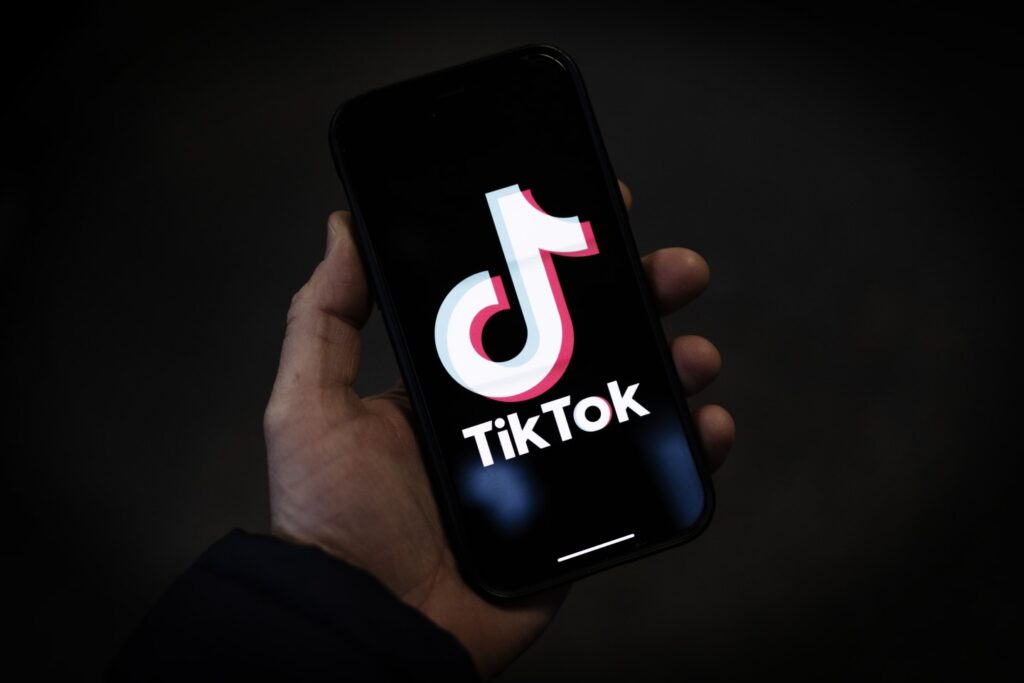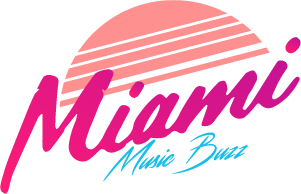
TikTok logo. Photo by Dan Kitwood/Getty Images
Much like an evening lost scrolling through the For You page, watching TikTok’s existential trajectory over the past several months has been a brainrotting experience. It began last April when the United States Congress passed a bill requiring TikTok’s parent company Bytedance to sell the app to an American company before January 19, 2025 or face a total ban. Following the election of Donald Trump, Joe Biden said he wouldn’t enforce the ban during the waning days of his presidency; Trump signed an extension icing the ban for 75 days soon after taking office, followed by a likely illegal second reprieve signed on April 4. It’s fair to assume given Trump’s affinity for the platform and the near-total collapse of American law and governance to his will, TikTok will be sticking around the USA for the foreseeable future. And that means musicians stateside may soon be dealing with a significant and troubling change on the app.
On April 3, TikTok quietly announced TikTok For Artists, a brand new data analytics and marketing platform. In a release obtained by Music Ally, TikTok described the new venture as “a platform that provides artists and your team with access to a range of analytics tools to enhance fan engagement on TikTok.” TikTok is testing the app in Australia, New Zealand, Japan, South Korea, and Indonesia, with more countries expected to roll out in the coming months. Music Business Worldwide reports that the service will be free to use.
The endeavor might be new for TikTok, but the format is familiar: as displayed, TikTok For Artists appears to be a carbon copy of Spotify For Artists. Launched in 2016, Spotify For Artists upgraded the streaming giant’s nascent analytics program Spotify Fan Services with new features beefing up an artist’s public profile on Spotify, such as links to purchase merch and tour tickets. The announcement also plugged a blog promising “a focus on stories and best practices for the streaming era” featuring spotlights on artists like Flume, Gallant, and Dua Lipa, “artists with music we love who are killing it on Spotify.
Since Spotify became the U.S.A’s biggest streaming platform in the world in 2020, Spotify For Artists has expanded its offerings. The homepage currently features Wrapped For Artists, a retooled version of the company’s hugely-popular year end summary, and Campaign Kit, a collection of promotional tools including its hugely controversial algorithmic placement tool Discovery Mode as well as the ad services Marquee and Showcase. With these, Campaign Kit promises artists will “turn casual listeners into lifelong fans” through its cost-per-click services.
In her recent book Mood Machine, Liz Pelly argues that Spotify For Artists has become a dire change agent in modern music, encouraging artists to change their music to better suit the whims of streaming. Pelly writes that Spotify For Artist’s video series The Game Plan, “subtly planted its data-driven doctrine into the minds of musicians;” she describes one of Spotify’s videos, “How To Use Your Data,” featuring an interview with the band Slenderbodies, who classified themselves as indie-pop, but contemplated rechristening themselves as electronic music after Spotify’s data labeled them as such. “The video’s tenor is light and goofy,” Pelly writes, “but its message is serious: follow the data if you want to make more streaming-friendly music… see what is generating mass enthusiasm, and let the stats influence your sound.”
Pelly’s book also reports on the inner workings of Discover Mode, a feature that was met with huge backlash when it was first announced in November 2020 and now seems part and parcel with the average listener’s consumption habits. Participating artists can select songs they want to prioritize and, in exchange for a 30% reduced royalty rate, place them in the service’s generated playlists. Though Spotify branded the service as way of “democratizing” the streaming world, Pelly reports that internally, Spotify gauged Discover Mode’s success by how much money it saved the company.
In 2021, the Artist Rights Alliance wrote an op-ed for Rolling Stone decrying Discover Mode as a new form of “payola,” and an extended scheme to funnel more money to the major labels — Universal Music Group (UMG), Sony Music Entertainment, and Warner Music Group (WMG) — who are part owners of the platform. The royalty cut was “so steep that working artists and independent labels cannot even afford to pay it, clearing the field for major record labels and pop megastars to swallow up even more of the streaming pie.”
These are cursory summaries of just a few of the issues with Spotify outlined in Pelly’s book, as thoroughly researched as it is maddening. But they’re alarming nonetheless: a massively popular app creates artist “services” that steer the sound of music in directions more profitable for the platform, and simultaneously throttles royalties to make shareholders happy. These shady practices have generated some considerable profit for Spotify (€61.4m from Discovery Mode alone, according to Pelly); it’s not a stretch to imagine another app having a go.
Judging from the TikTok for Artists page, we won’t have to imagine much longer. Under “Amplify Your Music,” there’s an offer to “Reach TikTok users through the For You feed, music detail pages, and more.” You can also “launch engagement and monetization campaigns.” It promises a wealth of data, too: “Access insights into the performance of your songs and posts;” “Learn more about your fans on TikTok.” They’re even teasing a Spotify For Artists-style blog of their own, promising “success stories and insider tips to help promote your music” (Perhaps they can get Addison Rae, if she’s available).
I have been ambivalent about TikTok’s presence in the music industry in the past. When it looked like it was about to shut down, my mind wandered to the bands who were able to win the lottery and make a living off of going viral, and the newly-minted music fans who glommed onto artists from decades past. No doubt this is the image that TikTok treasures, even if it conceals truly horrific social consequences beyond its effects on music. If TikTok for Artists proceeds as it seems it might, any flimsy claim TikTok had to being a “democratizing” flagbearer for the outsider will be snapped. That might be more truthful, but if its For Artists service catches on, it could bury working musicians in a landslide that Spotify helped start.
